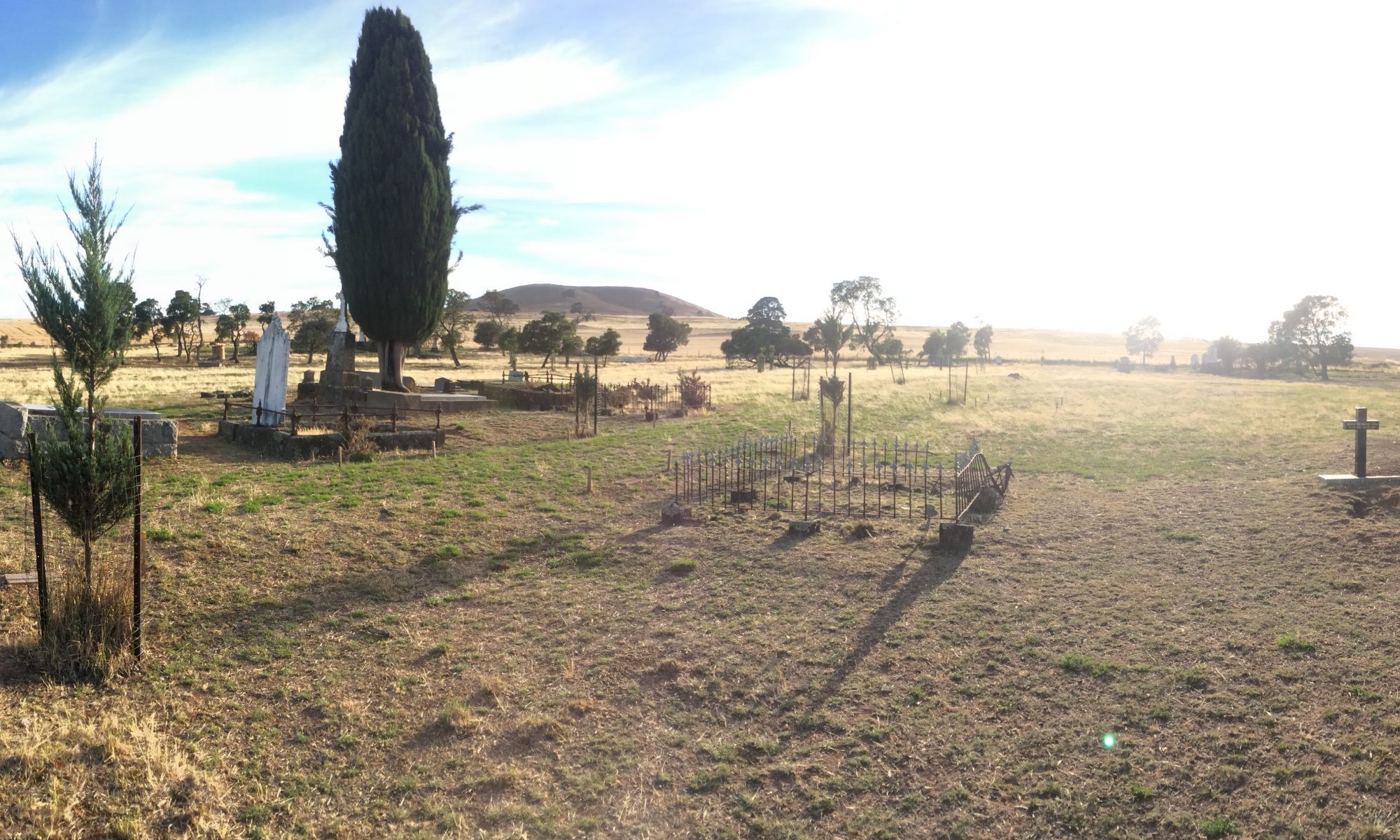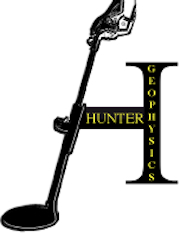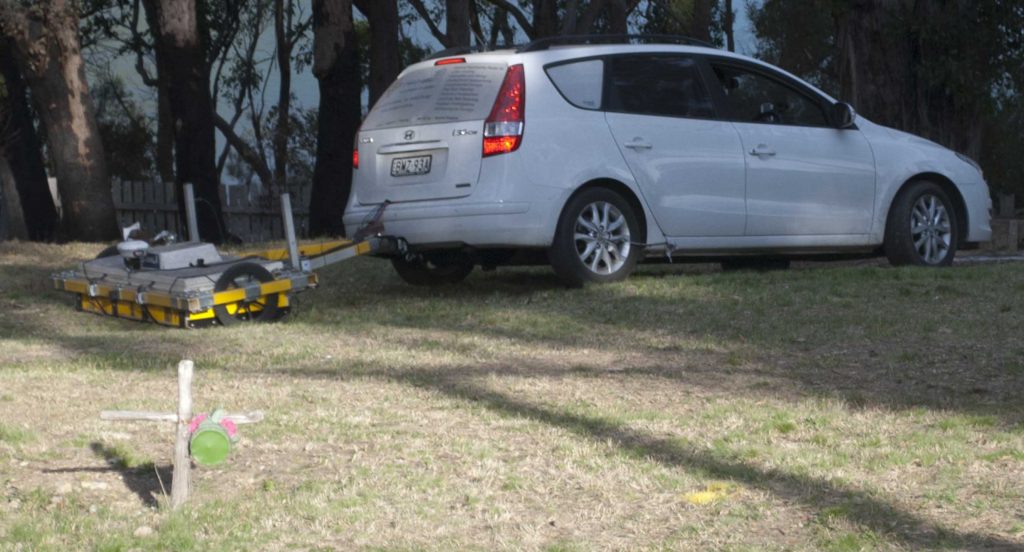This month we introduce a new package to our cemetery services: GRAVE HUNTER.
Designed with cemeteries in mind, GRAVE HUNTER is our premiere, fully-integrated electronic cemetery mapping and interment register.
GRAVE HUNTER provides two major capabilities in a reliable, reproducible, and (if desired) publicly accessible electronic format:
- Hunter Geophysics surveys a cemetery, taking photographs of every headstone and recording the location of each headstone, generating a map of each headstone. Photographs of each headstone are also accessible via the map (simply by clicking on a grave on the map and selecting to view the photograph).
- Details about each burial (such as the individual’s name, date of birth, date of death and any other details found on the headstone) are entered into the map and become an interment register. This register can then be searched electronically, allowing members of the public and cemetery administrators to easily locate a particular person’s grave, or (for example) all burials of those who died in a particular year.
GRAVE HUNTER is, of course, complimented by the proven unmarked grave detection service that Hunter Geophysics provides.
For further details, please see the GRAVE HUNTER page (includes a free demonstration version of GRAVE HUNTER) and the unmarked grave detection page.


